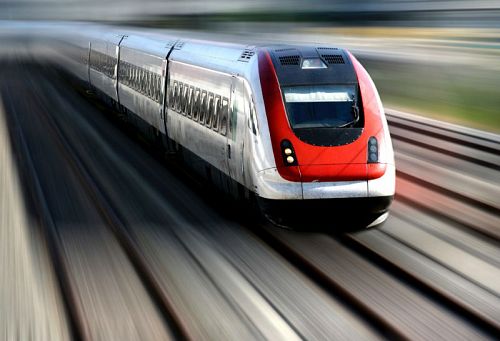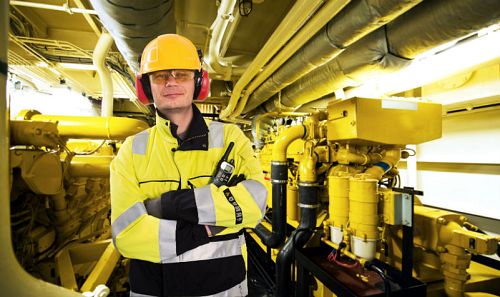CPCS - A62 Crane Supervisor (Novice Course)
Duration: 4 Days
Max Delegates: 4
Overview
The CPCS A62 course aims to provide the candidate with a thorough practical and theory training in the role of a Crane Supervisor in order to enable the candidate to pass the CPCS Theory and Practical Tests.
Through a combination of targeted training and experience, an appointed person will be able to:
- Explain the duties, responsibilities and limitations of: an Appointed Person, a Crane Supervisor, a Crane Operator, a Crane Co-ordinator, a Slinger, a signaller, a crane erector, and maintenance personnel.
- State requirements of legislation, regulations, and Codes of Practice that relate to all types of lifting duties.
- Explain maintenance, inspection, thorough examination and testing requirements for lifting equipment and accessories.
- State requirements that allow safe site access and egress for typical lifting equipment.
- Explain additional requirements for loads to be lifted from height.
- Explain the function and use off, and use information provided by RCIs and anti-collision systems.
- Describe setting up, erection, levelling and dismantling requirements for different types of lifting equipment and lifts.
- List different types of lifting accessories and explain typical applications.
- Identify and explain relevant information relating to different types of lifting accessories i.e. markings, certificates and through examination reports, etc.
- Calculate sling sizes and angles.
- Explain slinging techniques for given loads including balanced, unbalanced and loose.
- Verify appropriate lifting accessories for given types of loads in accordance with a given method statement.
- Confirm weights and centres of gravity for different types of loads in accordance with a given method statement.
- Describe and demonstrate different types of communication methods for lifting purposes.
- Communicate the lift plan information to others involved in a lifting operation.
- Report and explain positive and negative aspects of a typical lift following the operation to the Appointed Person
- Identify Potential hazards and unsafe lifting practices using given lifting scenarios.
- Evaluate and explain how environmental factors and the surrounding area external to the lift zone can affect the planned lifting operation.
- Prepare an area, with exclusion zones, from given lifting plans, ensuring safe access / egress routes for before, during and after the lift.
- Mark the position of lifting equipment according to a given plan.
- Verify potential proximity and underground hazards from given plans and drawings.
Download PDF





